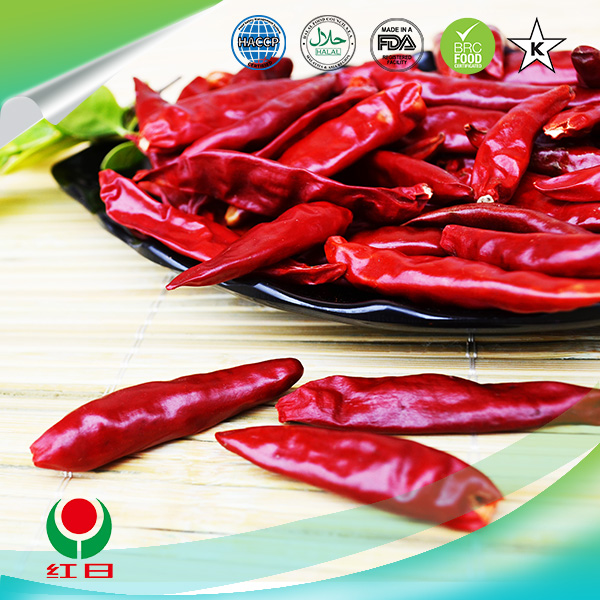- No. 268 Xianghe Street, Economic Development Zone of Xingtai city, Hebei 054001 China
- Byron@hbhongri.cn
chili powder and paprika
The Flavorful World of Chili Powder and Paprika
Chili powder and paprika are two essential spices that bring vibrancy, warmth, and depth to cuisines around the globe. While they may share some similarities, each offers a unique profile that can elevate a dish in distinct ways. This article explores their origins, uses, and the delightful nuances they add to cooking.
Origins and Varieties
Chili powder is a blend of ground dried chilies and other spices, often including cumin, garlic powder, and salt. Its history is deeply tied to the Americas, where indigenous peoples first cultivated various chili peppers. The boldness of chili powder varies depending on the type of chili used, ranging from mild to fiery. For instance, Ancho chili powder offers a smoky sweetness, while Cayenne delivers a significant punch.
Paprika, on the other hand, hails from Hungary and Spain, where it is made from grinding sweet or mildly spicy peppers. Hungarian paprika is renowned for its vibrant red color and complex flavor profile, which can range from sweet and smoky to hot. Spanish paprika, or pimentón, often has a more intense smokiness, thanks to the drying process over oak fires. Both varieties lend vibrant hues to dishes, making them visually appealing as well as flavorful.
Culinary Applications
Chili powder is incredibly versatile and is commonly used in Tex-Mex and Indian cuisines. It is the star ingredient in chili con carne, adding depth and warmth to the dish. In Indian cooking, it combines with other spices to create rich curries, providing both heat and color. Chili powder can also enhance marinades, rubs, and sauces, making it a staple in many kitchens.
chili powder and paprika

Paprika shines in Eastern European dishes, particularly in stews, goulash, and potato salads. Its sweet, fruity notes enhance the richness of meats and vegetables, while providing a striking red color. Hungarian goulash, for instance, relies heavily on paprika for its defining flavor, while Spanish dishes often incorporate it in seafood and rice-based preparations like paella.
Nutritional Benefits
Both chili powder and paprika are not only flavorful additions but also offer health benefits. Chili powder is rich in vitamins A, C, and E, and contains capsaicin, the compound responsible for the heat in peppers. Capsaicin has been shown to have anti-inflammatory properties and may even boost metabolism. Additionally, the antioxidants found in chili powder help combat oxidative stress in the body.
Paprika, too, is a source of antioxidants, particularly carotenoids, which are known for their potential to support eye health and reduce the risk of chronic diseases. Moreover, paprika’s compounds can aid digestion and improve circulation, making it a wholesome component of a balanced diet.
Conclusion
In summary, chili powder and paprika are more than just spices; they are cultural symbols that encapsulate the essence of the cuisines from which they originate. Whether you prefer the fiery warmth of chili powder or the sweet, smoky allure of paprika, both can transform simple ingredients into mouthwatering masterpieces. As the culinary world continues to evolve, these spices remain timeless staples, inviting exploration and experiment in kitchens everywhere. So next time you’re cooking, consider reaching for a dash of chili powder or paprika to infuse your dish with unforgettable flavor and flair.
-
Turmeric Rhizome Powder: A Golden Treasure from Roots to TableNewsJul.28,2025
-
The Versatile Application Of Crushed Red Hot Peppers: Lighting Up The Red Flames On The Dining TableNewsJul.28,2025
-
The Paprika: A Touch Of Vibrant Red In Color, Flavor, And CultureNewsJul.28,2025
-
Ground Turmeric: A Modern Examination of an Ancient SpiceNewsJul.28,2025
-
Capsicum Liquid Extract: Features, Applications, and ChallengesNewsJul.28,2025
-
Application of Capsicum Liquid Extract in FoodNewsJul.28,2025







